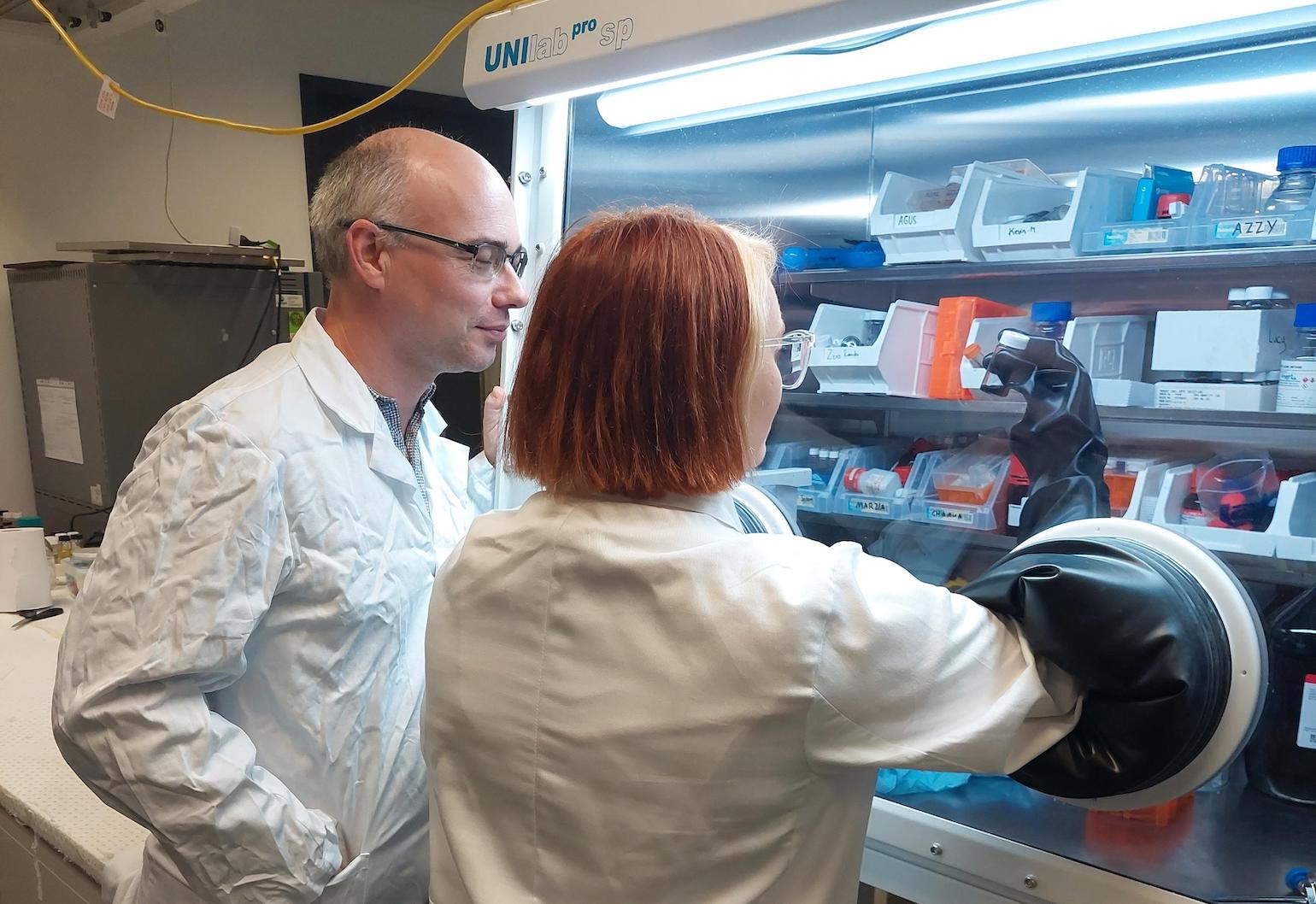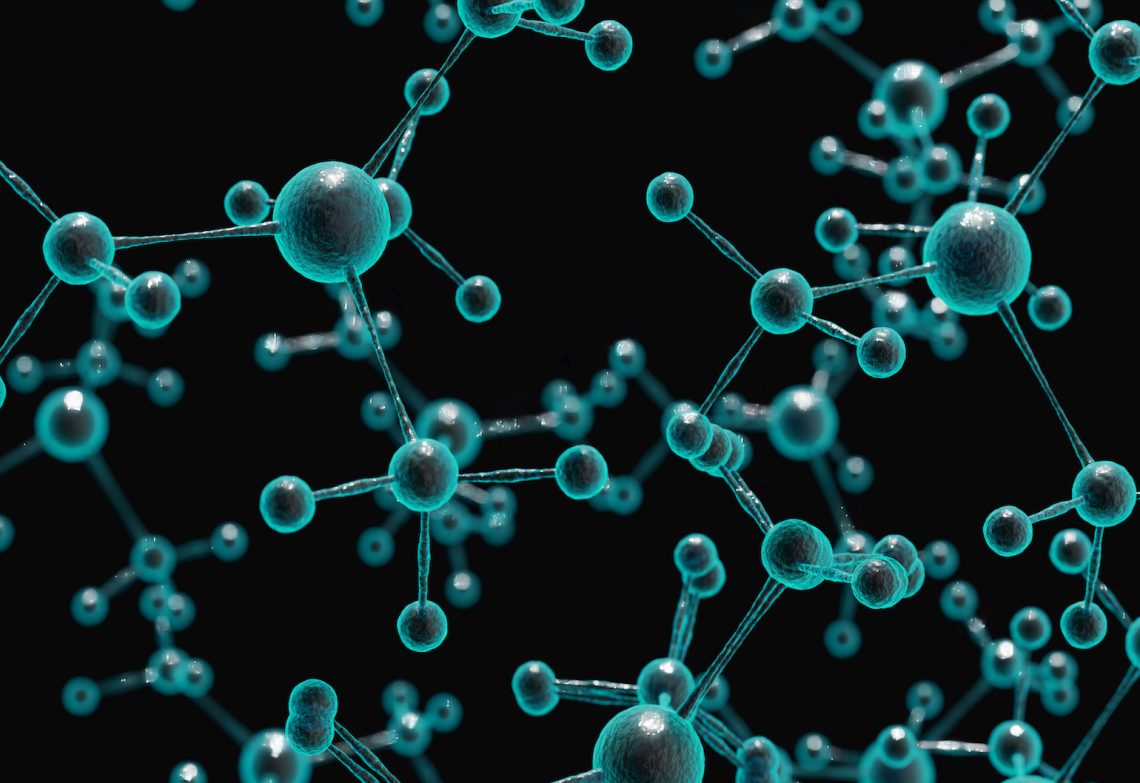Researchers at the UNSW School of Chemistry have crafted hierarchical structures on a nanomolecular scale that could have tangible industry applications.
According to the lead author of a new study from the University of New South Wales (UNSW) School of Chemistry, a breakthrough in nanomolecular engineering could, with further development, help cut costs in the electric vehicle industry.
Professor Richard Tilley of the UNSW School of Chemistry, Director of UNSW’s Electron Microscope Unit, said the study’s goal was to create three-dimensional structures on a molecular scale. This demanded more time and a higher level of intricacy than existing methods of synthesis.
“You can make things like aerogels on the nanoscale, but those typically have dimensions on about a 100-nanometer scale,” Tilley said. “But there’s currently no method for making materials which have a more three-dimensional structure and are produced on a 10-nanometer scale.”
Tilley worked with Dr Lucy Gloag, a Postdoctoral Fellow at UNSW’s School of Chemistry, to execute the idea, which he describes as a labour of love despite the long lead-time.
“It took about a year and a half to understand the processes and control all variables,” he said.

A new hierarchical structure
Tilley said the project’s core innovation was growing a small gold sphere of nanoparticles of about 10 nanometers. The team then synthesised ‘branches’ using nickel they then ‘grew’ out of the sphere. The branches, which are approximately 10 nanometers wide, were grown to around 100 nanometers long.
So far so simple, chemically speaking – but the team didn’t stop there.
“At the end of those branches,” Tilley explained, “we would nucleate a new sphere, from which we could then grow more branches. Then, off that secondary set of branches we could nucleate another sphere and grow off new branches, and so on.”
A more conventional chemical engineering project using nanoparticles might nucleate a single sphere on which branches might then be grown, Tilley said – but “to do multiple iterations and grow a bigger structure was the ‘twist’ that we added.”
In basic terms, the resultant hierarchical structure resembles a family tree. It proved more time-consuming than quickly sketching a diagram down on paper, however.
“The chemistry we had to work out to accomplish these multiple steps was quite new,” Tilley said. “As you can imagine, if you’re trying to grow a sphere on the tips of branches, that’s quite challenging because you could end up with spheres growing on the sides of the branches instead.”
Tilley and Gloag were also careful not to go to such a minute scale that the structure was at risk.
“To make an electrode material, you want something with a very high surface area, which will maximise the exposure of the surface atoms to the electrolyte and your reactants,” Tilley said. “So if you make the dimensions too small, the three-dimensional structure is going to become unstable.”
Industry applications
Tilley noted two major paths to develop the technology.
“We chose gold and nickel because of the crystal structures they adopt,” Tilley said. “But we want to move beyond those materials and show we can make these structures from other materials as well. We might be able to create systems which contain a number of metals.”
For instance, this could mean a core of gold and branches made of nickel, but further branches made of platinum, which is “a good catalyst”.
Another possibility, according to Tilley, relates to electric vehicles.
“Nickel is not a great catalytic metal,” he noted. “If we decorate the surface of these structures with small amounts of platinum, we’ll be able to increase the platinum’s activity and maximise exposure to the reactants.
“Typically a sixth of the cost of an electric vehicle is from platinum used in the fuel cell. So if you can maximise exposure of that platinum, you can improve the cost effectiveness of the entire system.”
One common method of improving the cost effectiveness of those fuel cells is by taking cheap and less active materials such as nickel and making them more active, Tilley said. Another is making the most of a more expensive material such as platinum.
“With these structures, we should be able to have a go at both angles.”



